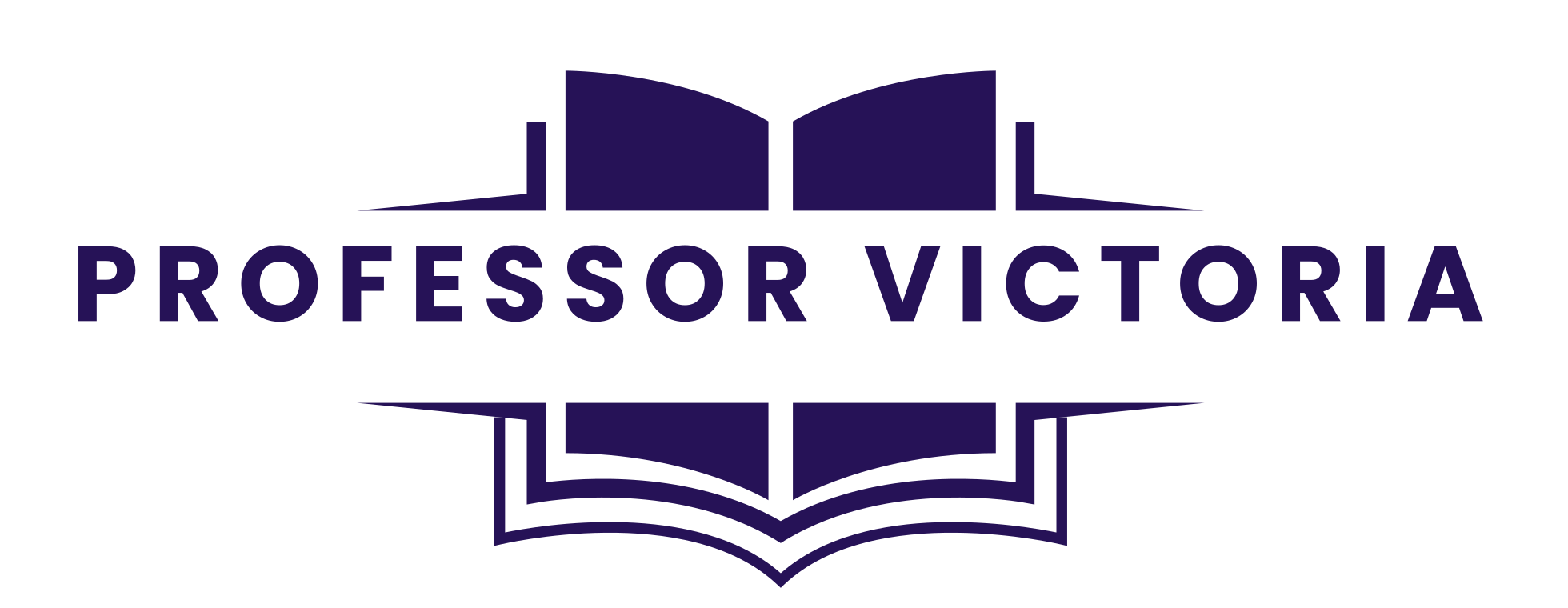You may not give much thought to writing e-mails in the workplace. But there are many reasons why you should put in the extra effort to ensure that your messages are professional and error-free. According to the Harvard Business Review, the average professional receives approximately 120 e-mails per day and spends approximately 2.6 hours responding daily. Each one of those messages is competing with the others to be read – and the recipient is likely looking for reasons to eliminate items from their inbox. So, how can you make yours stand out?
One of the best ways to gain attention (and avoid the delete button) is to ensure that your e-mail is polished and professional. Remember that you are building a relationship with your reader, and you want to make sure that you present yourself in the best possible manner.
The technical details
- Include a clear subject line – you want to make sure that your e-mail will be read. Make sure it is relevant to your message so that the recipient knows what the message is about.
- Use a professional tone and greeting. Use Mr., Mrs., Dr., Professor, etc. where applicable.
- If you don’t know the person, introduce yourself in the first line and explain why you are contacting them. If a mutual connection referred you to them, mention the name of the person who referred you, how you know them and why they thought you should reach out to the recipient.
- Use a professional e-mail address. A common convention for e-mail addresses is firstname.lastname @ e-mail provider (john.smith@hotmail.com) or first initial and lastname. Avoid using something like sexytimes69@hotmail.com for professional correspondence.
- It’s also a good idea to include a brief pleasantry to build a connection with your reader.
What’s a pleasantry? A short polite remark that establishes a friendly tone with the reader.
Examples:
• I hope you’re well.
• I hope you had a good weekend.
• I hope this message finds you happy and healthy.
- End with a professional valediction/complimentary close followed by a comma.
For example:
Thank you, Kind regards, Yours sincerely, etc.
- Include a signature line so people know where you are from and how they can contact you.
Example:
Jane Miller
Office Manager
ABC Company
1234 Main Street West
Toronto, Ontario
M3C 7F3
905-555-5555
www.abccompany.ca
jane@abc.com
 Why include e-mail? Can’t the reader just hit reply? Yes, but if your e-mail is forwarded to several people, the live link to your original e-mail will be lost. This way, they can just click on your e-mail address in your signature and easily reply to you.
Why include e-mail? Can’t the reader just hit reply? Yes, but if your e-mail is forwarded to several people, the live link to your original e-mail will be lost. This way, they can just click on your e-mail address in your signature and easily reply to you.
Focus on your purpose:
- Explain why you are sending the e-mail in one or two sentences. If they don’t know you, introduce yourself first. If someone has referred you to reach out to them, mention the person’s name and your relationship with them.
Example:
My name is Victoria. Our mutual colleague, Mary Smith, suggested that I contact you to see if you might be interested in running a writing workshop for your organization.
- Keep the body of your email brief, 1-2 paragraphs at most – Sending e-mails back and forth to clarify details can be frustrating and can waste a lot of time, so if you can’t keep it brief, or if your subject is complicated, it may be easier to pick up the phone or arrange a meeting.
- Thank the person for their time. This, again, is part of relationship building.
Follow the rules of e-mail etiquette
There are a number of unspoken rules of e-mail etiquette that you may or may not be aware of. By following these tips, you will have a better chance of making a positive impression and ensuring your messages are well-received.
- Have a clear purpose and stick to one topic if possible. Use numbered items if you need to address more than one.
- Don’t write as you would in a text message. Text messages often contain reductions like gonna, woulda, gotta, shoulda, and acronyms such as LOL, IDK, TTYL, LMAO, etc. These are not appropriate for business e-mails.
- Remember to include any attachments and make sure they are named appropriately so that the recipient knows what is in the document. Don’t send files saved with autogenerated titles such as doc13.docx.
- Proofread your messages to make sure there are no errors. Proofread carefully for punctuation errors, and correct any spelling and grammar mistakes.
- Add the e-mail address last to avoid accidentally sending the message before you are ready.
- When sending to a large number of people, use the BCC: line for the e-mail addresses.
Why?
1. It ensures that the recipients can’t see each other’s e-mail addresses (hence ensuring privacy for all members of the group)
2. Even if you are sending a message internally to employees who would likely have access to each other’s e-mail addresses, using BCC: keeps the e-mail chain clean. Have you ever received an e-mail with 100+ recipient e-mail addresses listed in the TO: field? You have to scroll past all of that to get to the actual message each time someone replies to the group, or when it is forwarded. It looks messy and distracts from the main message. - If CC:’ing someone on an e-mail, make sure they know why they are being copied. You may wish to CC: your manager so that they are kept in the loop of a discussion, or CC: members of your team to ensure they are up to date on project updates.
- If replying to a group message, do not “reply all” unless the entire group needs to read your reply, especially if it is just to say “Thank you” to the sender. It clogs up everyone’s inboxes for no good reason.

What does CC: and BCC: mean?
Long, long ago, before there were computers and copy machines, letters were typed up on typewriters. In order to make copies, secretaries would insert a black piece of paper coated with carbon between two blank pages. This way, when the typewriter keys hit the first paper, the imprint would also be made on the second page, which made a second copy. At the bottom of the page, the secretary would type CC: which meant “carbon copy”, along with the names of the people who received the secondary copies. BCC: was introduced for e-mail purposes, and stands for “blind carbon copy” – which indicates that the recipients who are listed in this field will not see anyone else’s e-mail addresses except those in the From: and CC: fields.
Before you hit the send button, ask yourself these questions:
- Is my tone and language appropriate for my relationship with this person?
- Does this e-mail get my message across?
- Did I proofread for grammar and spelling mistakes?
- Is the attachment attached?
- Have I spelled the recipient’s name correctly?
Remember, your e-mail provides a first impression of your communication skills. It’s important to use the correct level of formality and proofread to avoid preventable errors. In addition, improperly written messages can lead to misunderstandings and confusion. Treat your e-mails as a tool to build relationships and ensure they are as professional as possible
